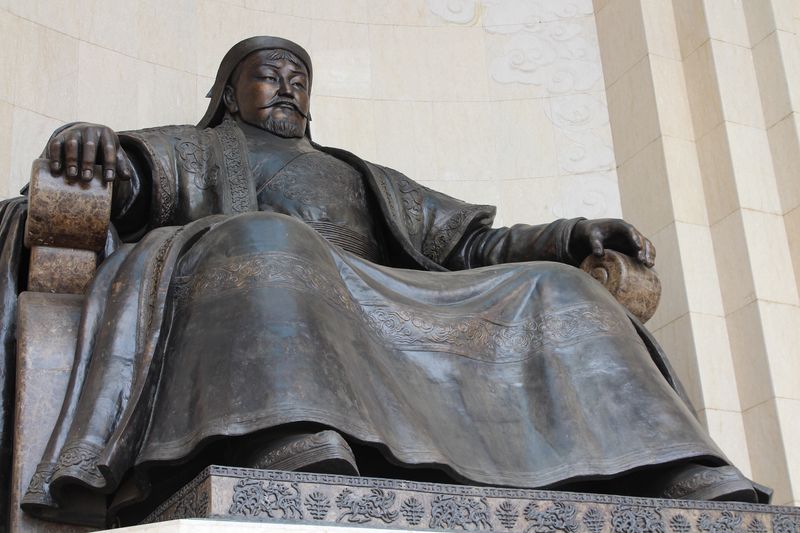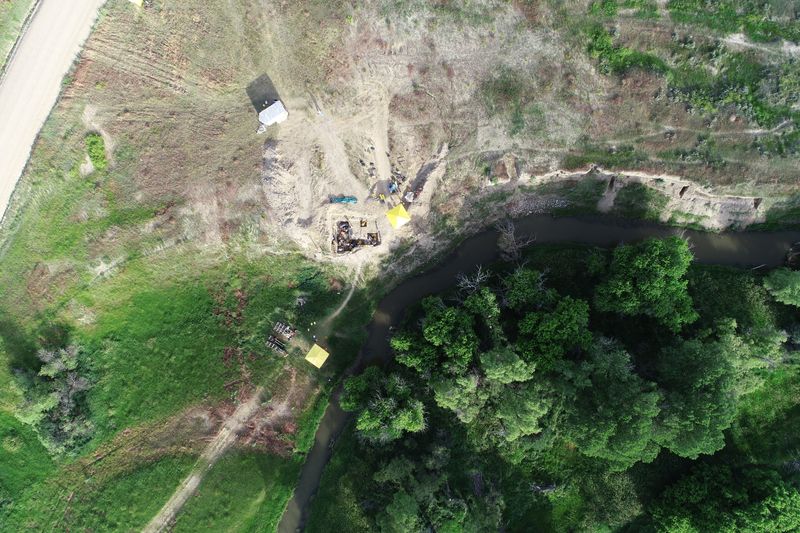Few people have shaped the global population to the same extent as Genghis Khan - a man whose armies killed as many people as his genitals later replaced. In amongst all the slaughtering and siring, however, the legendary warrior-ruler may also have inadvertently sequestered huge amounts of carbon dioxide from the atmosphere, possibly even cooling the planet.
Based on Antarctic ice cores, scientists have identified a sudden decrease in atmospheric carbon of about three parts per million (ppm) between 1200 and 1470 CE, which roughly correlates with the Mongol invasion of Asia as well as the Black Death in Europe. A second dip of 4.6 ppm has also been detected between 1560 and 1680, overlapping with both the conquest of the Americas and the fall of the Ming Dynasty in China.
All four of these events are known to have claimed the lives of huge numbers of people, leading researchers to wonder whether sudden drops in the global population may account for these changes in carbon dioxide levels. The logic here is that the removal of humans would have halted deforestation, allowing more trees to grow and act as carbon sinks.
To investigate, researchers reconstructed changes in land use patterns across the globe from 800 CE to the present day, using a combination of published agricultural maps and population statistics. Out of the four historical events, the Mongol invasion – which was instigated by Genghis Khan in 1200 and continued until 1380 – had by far the biggest impact on the climate.
According to the researchers, the Mongol army slaughtered around 30 percent of the 115 million people they encountered on their advance, resulting in the regrowth of 142,000 square kilometers (55,000 square miles) of forest. This sudden increase in vegetation would have removed 684 million tonnes of carbon from the atmosphere, leading to a global reduction of 0.183 ppm.
In contrast, the Black Death would only have reduced atmospheric carbon by 0.026 ppm, while the conquest of the Americas and the fall of the Ming Dynasty removed 0.013 and 0.048 ppm respectively.
Despite these reductions, it’s clear that none of these historical events can account for the climate changes recorded in the ancient ice cores. According to the researchers, this is because trees often take centuries to reach maturity, and human populations would have recovered and resumed deforestation long before this new growth had a chance to do its work.
Furthermore, while each of these events decimated populations in a particular area of the globe, emissions from elsewhere on the planet would likely have offset most of the carbon sequestration that resulted from reforestation in these regions. Calculating the net change in worldwide carbon output during these four episodes, the study authors find that “only the Mongol invasion can compensate for concurrent emissions from the rest of the world.”
“It seems likely therefore that the Mongol invasion has caused the temporary stop of CO2 growth,” they add.
Despite this, the researchers conclude that Genghis Khan’s impact on the climate would have been too small to show up in ice cores, which means the major historical drops in atmospheric carbon were probably caused by natural factors such as volcanic eruptions.
Still, you have to say that’s a pretty impressive carbon footprint for one man.
The study is published in the journal The Holocene.




